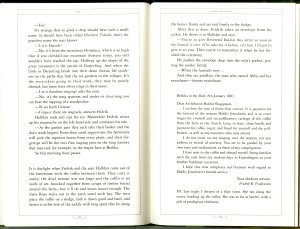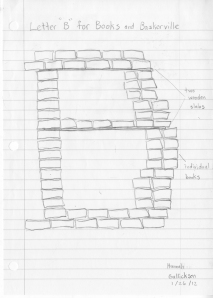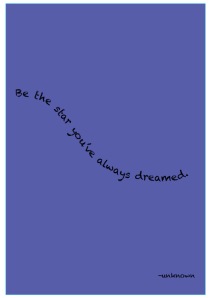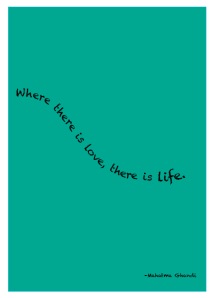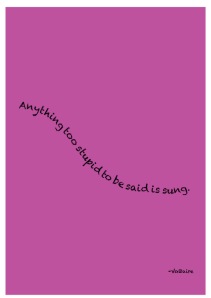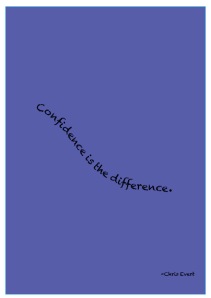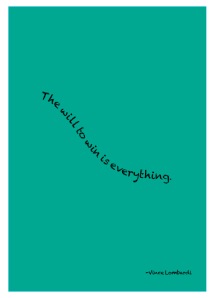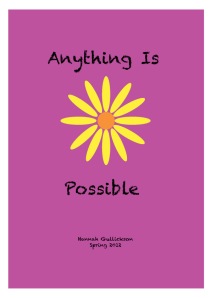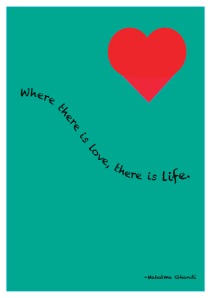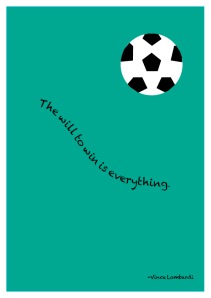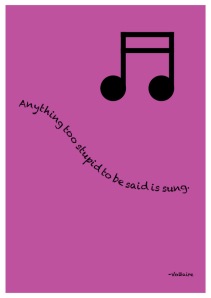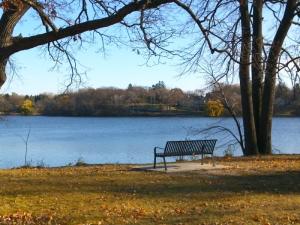The following illustrations are sample typefaces from the Intro to Layout class of Spring 2012. The first illustration is a collection of four typefaces which will further be magnified by the subsequent letters.

This collection includes the four typefaces of Baskerville, Didot, Extra Condensed (“Rude”), and Italian Hand (“Bon”). In the following examples, I will explain the history of each typeface.
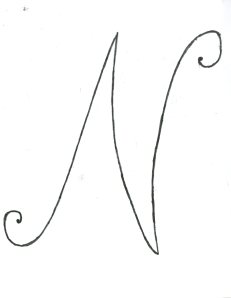
The first typeface is the Italian Hand, created by Englishman George Bickham of 1743. His calligraphic style indicates a break from what author Ellen Lupton defines as the “rigid nib of humanism.” During the Renaissance, typefaces such as Jenson (named after Nicolas Jenson of 1465 France) had already evolved from the intimidating styles of gothic letterforms, such as the Black Letter of Johannes Gutenburg. Bickham’s typeface further evolves the history of typefaces in that it returns to the calligraphy of the pen.
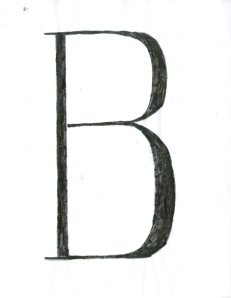
The Baskerville typeface, designed by John Baskerville of England in 1757. John, like Bickham, desired to return to calligraphy in his printing. His letterforms include the graceful flow of lettering that most aptly portrays the calligraphic style he accomplished. However, his typeface was severely criticized and claimed to be “too thin and narrow [for] the Eye.” Nevertheless, his typeface pioneered the next movement in printing history: the emergence of the “monster fonts.”

The Extra Condensed typeface was among the many creations of Giambittista Bondoni of Italy and Frimin Didot of France. In the early nineteenth century, they inflated their letterforms to strike attention from their readers, most notably through the use of advertisements. These fonts helped create the era of the Industrialization that would infiltrate the cities like “locust swarms of print,” in the words of Walter Benjamin.
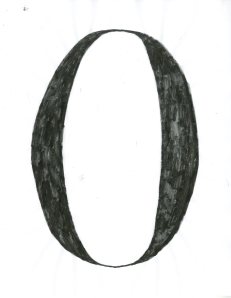
The last and remaining typeface is the HTF Didot, designed by Jonathan Hoefler of America in 1992. He was inspired by the creation of Francois Ambroise Didot, who designed his typeface in 1784. This typeface marks the return of classical art into our modern society. Though our history of typefaces will always evolve into creations more revolutionary than the next, classical typefaces will inevitably resurface.

